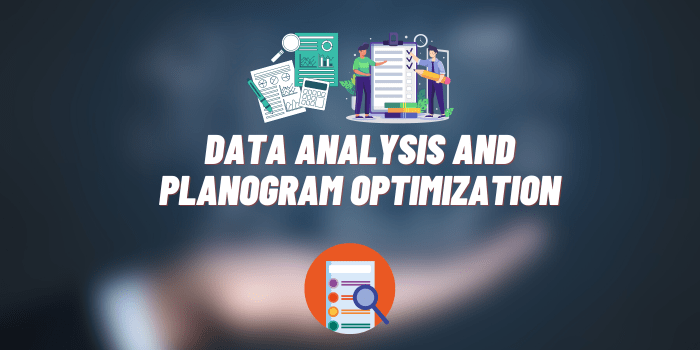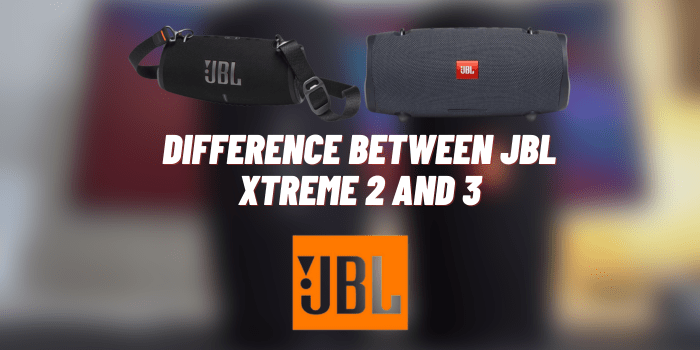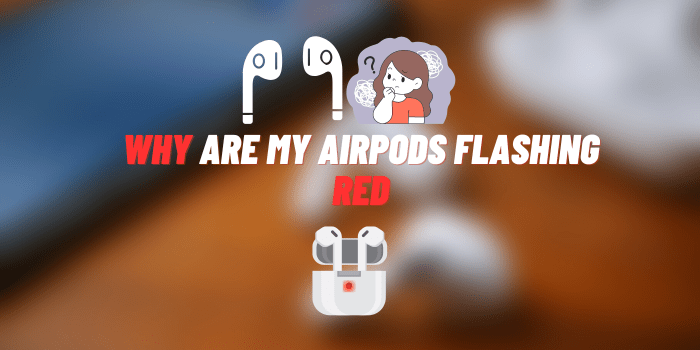Data Analysis and Planogram Optimization
What are planograms? Planograms represent how products should be displayed on shelves, racks, or other merchandising units. They provide retailers with a blueprint for arranging their products to maximize sales, improve customer satisfaction, and enhance overall store performance.
Understanding Planogram Research

Planogram research is a process that involves analyzing and optimizing the placement of products within a store to achieve specific goals. It helps retailers and manufacturers make informed decisions about product assortment, shelf layout, and overall store design. By leveraging planogram research, businesses can create a shopping experience tailored to their target audience, leading to increased sales, improved customer satisfaction, and enhanced brand loyalty.
The Benefits of Planogram Research
Advanced software tools, such as Leafio planogram software, offer a comprehensive solution for planogram generation, floor planning, display analysis, and execution. With a wide range of tools and built-in algorithms based on data-driven insights, Leafio Shelf Efficiency aims to optimize retail shelf space management. This software enables retailers to create efficient and visually appealing shelf layouts by utilizing advanced techniques derived from planogram optimization research. The benefits of planogram research are numerous. Here are some key advantages that businesses can gain by investing in planogram optimization:
- Improved Customer Satisfaction: Planogram research helps retailers create a positive shopping experience by ensuring that products are easy to find, visually appealing, and well-organized. Businesses can enhance customer satisfaction and increase repeat purchases by optimizing product placement and layout.
- Increased Sales and Profitability: Planogram research enables businesses to identify the most effective product placement strategies that drive sales and maximize profitability. By analyzing sales data, customer behavior, and market trends, retailers can optimize their product assortment, pricing, promotion, and space allocation to boost revenue and margins.
- Enhanced Collaboration and Communication: Planogram research promotes collaboration and communication among internal and external stakeholders. By sharing planogram insights, businesses can align their objectives, strategies, and actions with team members, managers, suppliers, and distributors. This alignment leads to better decision-making, improved execution, and a more cohesive retail strategy.
- Competitive Advantage: Planogram research helps businesses gain a competitive edge by monitoring competitors’ activities, strategies, and performance. By leveraging planogram analytics, companies can identify market trends, spot emerging opportunities, and respond quickly and effectively to changes in the competitive landscape. This proactive approach allows firms to differentiate themselves from competitors and attract more customers.
Planogram Research Methods

Planogram research can be conducted using various methods, depending on the specific goals and requirements of the business. Here are some commonly used planogram research methods:
- Data Analysis: Data analysis plays a crucial role in planogram research. Businesses can gain valuable insights into product performance, shopper preferences, and market dynamics by analyzing sales data, customer behavior, and market trends. This data-driven approach helps companies to make informed decisions about product placement, assortment optimization, and overall store design.
- Virtual Reality (VR) Simulation: Virtual reality technology allows businesses to create realistic simulations of store environments. By using VR simulations, retailers can test different examples of planogram layouts and assess their impact on customer behavior and sales. VR simulations provide a cost-effective and efficient way to evaluate other planogram options before implementing them in physical stores.
- Eye Tracking and Biometric Research: Eye tracking technology and biometric research methods can provide valuable insights into shopper behavior and decision-making processes. By tracking eye movements and measuring physiological responses, businesses can understand how customers interact with planograms and identify areas for improvement. These research methods help optimize product placement, shelf positioning, and overall store layout.
- Store Audits and Observations: Conducting store audits and observations allows businesses to gather real-time data on planogram compliance and customer interactions. By physically visiting stores and observing customer behavior, businesses can assess the effectiveness of their planograms and identify any issues or opportunities for improvement. Store audits provide valuable qualitative data that complements quantitative data analysis.
Implementing Planogram Research in Your Business

If you’re considering implementing planogram research in your business, here are some steps to get started:
- Define Your Goals: Clearly define the goals and objectives of your planogram research. Are you looking to increase sales, improve customer satisfaction, optimize product assortment, or enhance overall store performance? Identifying your goals will help guide your research and ensure that you focus on the most relevant metrics and insights.
- Gather Data: Collect relevant data on sales, customer behavior, market trends, and competitor activities. This data will provide the foundation for your planogram research and help you make informed decisions about product placement, assortment optimization, and overall store design.
- Analyze and Interpret Data: Analyze the collected data to identify patterns, trends, and opportunities. Use data analysis tools and techniques to gain insights into customer preferences, product performance, and market dynamics. Interpret the data in the context of your goals and objectives to inform your planogram optimization strategy.
- Develop and Test Planograms: Based on your data analysis and insights, develop planograms that align with your goals and objectives. Use VR simulations, eye-tracking technology, or store audits to test different planogram layouts and gather customer feedback. Iterate and refine your planograms based on the results of your tests.
- Implement and Monitor your optimized planograms in your physical stores and closely monitor their performance. Track key metrics such as sales, customer satisfaction, and planogram compliance to assess the effectiveness of your planograms. Make adjustments as needed to ensure continuous improvement.
Conclusion
Planogram research is a powerful tool that can help retailers and manufacturers optimize their sales, improve customer satisfaction, and enhance overall store performance. By leveraging data analysis, virtual reality simulations, eye-tracking technology, and store audits, businesses can create planograms that align with their goals and objectives. Implementing planogram research requires careful planning, data-driven decision-making, and continuous monitoring and optimization. Planogram research can drive significant sales, customer satisfaction, and profitability improvements with the right approach.






